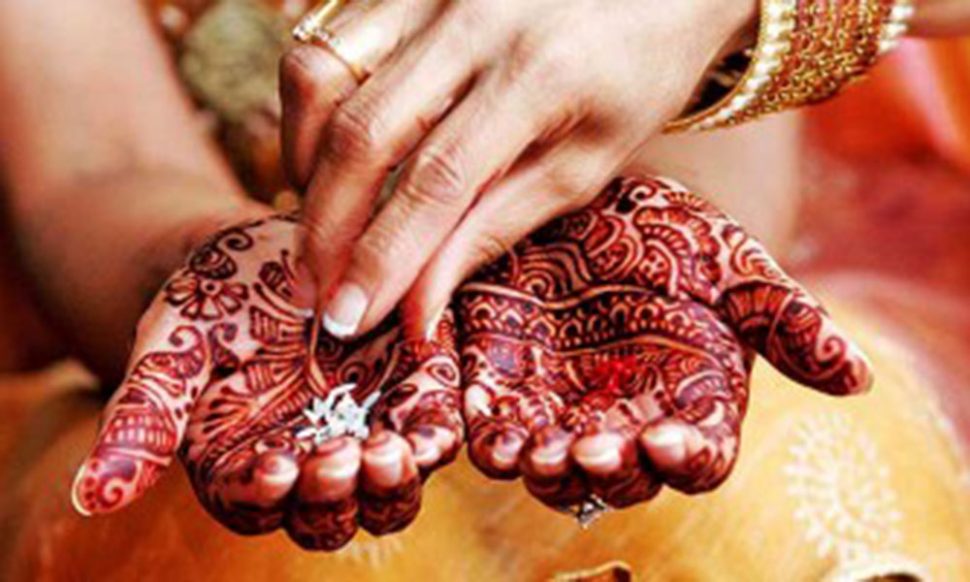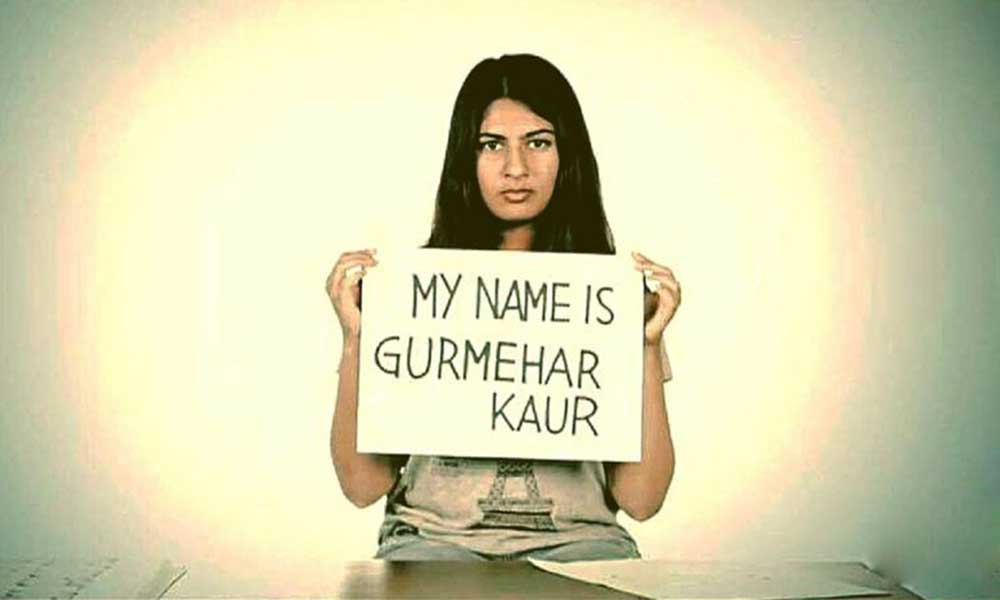Wedding cultures – It is no secret that India is a land of diverse cultures.
Every community has its share of beliefs and traditions that come from their respective ancestry and is followed till date.
In India, marriages are massive arrangements with thousands of people attending a particular wedding, based on the invite.
Indians heartily spend their savings to make this momentous occasion as cheerful for everyone as possible.
Here’s the interesting part though, which is also not a secret. Every caste/religion has its Wedding cultures that keep the attendees interested at all times.
Let’s take a look at different ethnicities and the norms they follow during weddings –
Wedding cultures –
Also known as Kumaoni weddings, the marriage alliances carried out in Himachal Pradesh are unique. It is also the only Indian ethnicity that makes use of flags – red and white – representing the groom’s and the bride’s side, respectively. The initial sequence is when the red flag follows the white during the marriage procession, until the ceremonies at the girl’s home are completed, after which the white flag follows the red one.
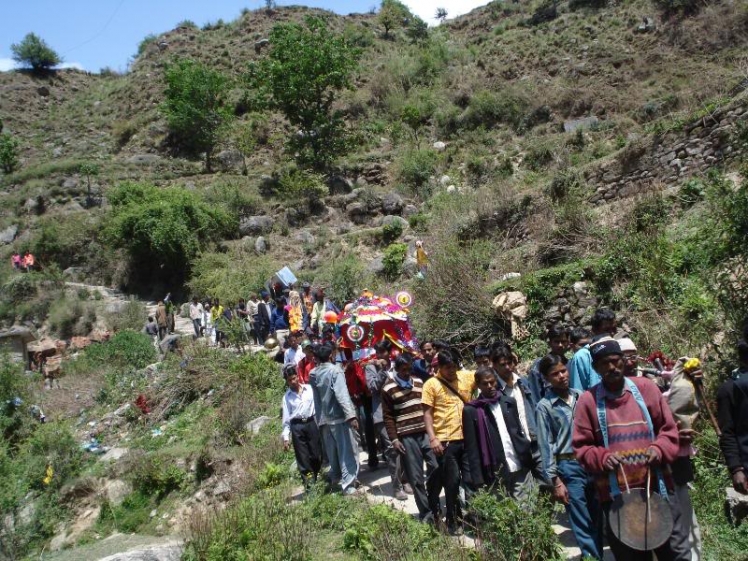
In Bengali weddings, the mother of the groom is not supposed to be present at the wedding site. That is the tradition. On the bride’s side, married women from her family wake early at dawn to assemble a plate of aarti, which is complemented with sweets, and visit the Ganges to invite the God to the wedding.
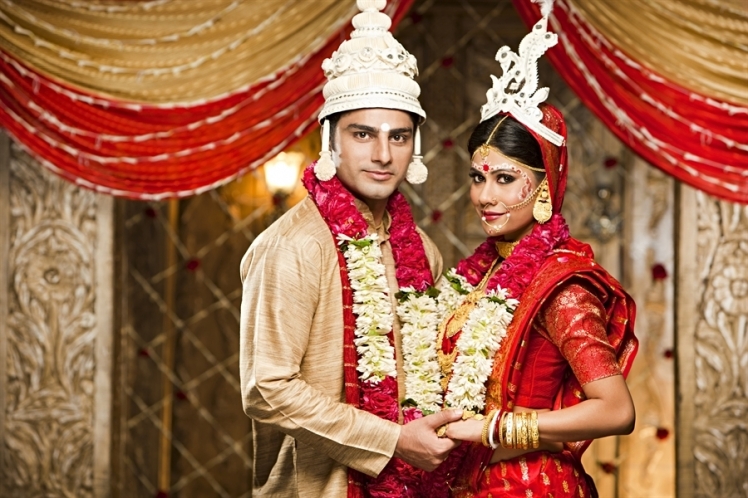
The Bihari wedding practically tests the skills of the bride-to-be. Once all the customs and traditions are completed at the wedding hall, the customs tend to continue at the groom’s residence, which now will be home to the bride as well. Women in the groom’s family will place earthen pots, one after the other, on the head of the bride carrying which she seeks blessings of the elders. The outcome of the test predicts whether or not the bride will be able to balance the family well.
Arguably, the simplest form of Indian wedding ritual is of the Rabha tribe in Assam, where the marriage is performed just with the exchange of garlands by both parties. There are no pheras or lavish parties; the exchange of garlands is followed by a feast. The couple, however, is expected to play a big role on the first day at the groom’s home, where they not only cook the food for the male members and the elders, but also serve them personally.
In the Punjabi wedding, the girls on the bride’s side play a prank on the groom when they hide his shoes. The groom, at the end of the ceremony, is presented with the shoes and is asked for ‘ransom’, which he must pay in cash.
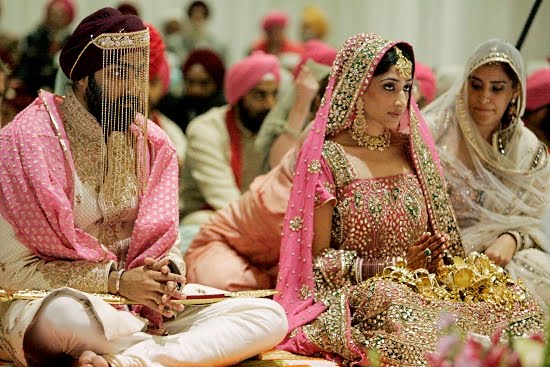
Gujarati Hindus follow their set of wedding rituals which they call aeki beki. The tradition requires use of a silver dish comprising the rings which is filled with milk, rose petals and vermillion. The bride and the groom have to dip their hand in the mixture in search for the ring. It is the best of seven series and the one, who finds the ring four times, is predicted as the person to ‘wear the pants’ in the family. A pre-wedding ritual also includes the groom visiting the bride’s residence to seek blessings, where his mother-in-law gives her blessing by pulling his nose playfully.
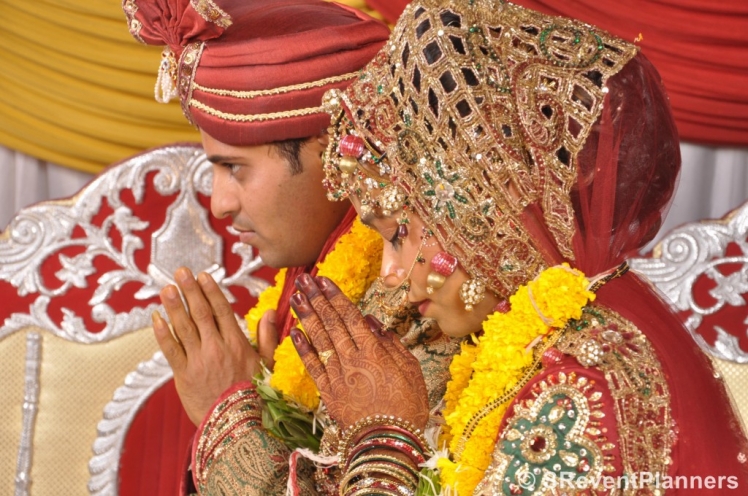
The Tamil Brahmin (Iyer) weddings recite an age old story during the ceremony, where the groom has a change of heart before entering the mandap, in the process deciding to live life as an ascetic. The ritual requires the bride’s father to reach out to the groom and convince him to change his decision. Bhagwad Gita, umbrella, sandals and hand fan are the props that the father uses to bring the groom back.
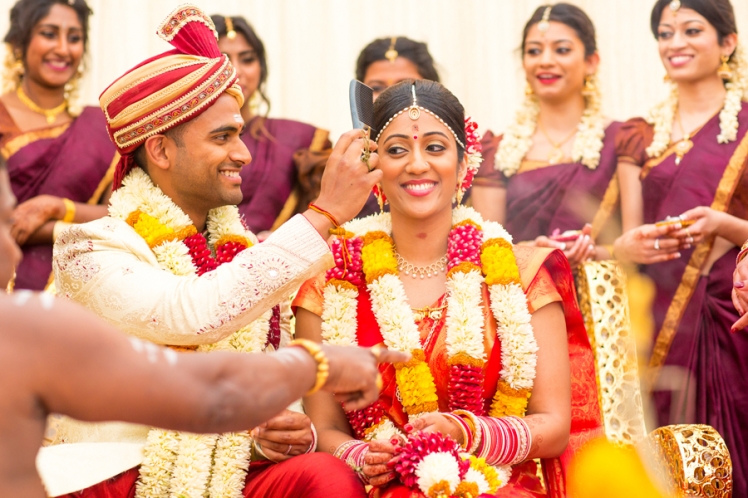
The Nairs of Kerala do not believe in setting an auspicious time for the wedding. The auspicious time for them to perform the rituals is when they set out from their residence to the temple or the bride’s ancestral home. The wedding usually takes place at daytime, where the bride flaunts chunks of gold jewellery. Also, unlike other traditions, the Malayalees walk around the mandap thrice and not seven times.
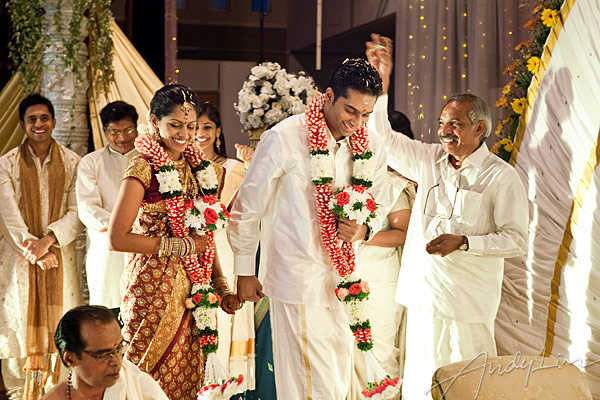
These are different Wedding cultures of India.

